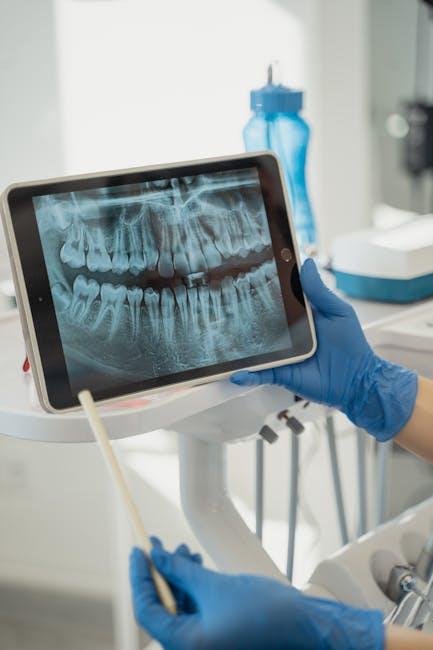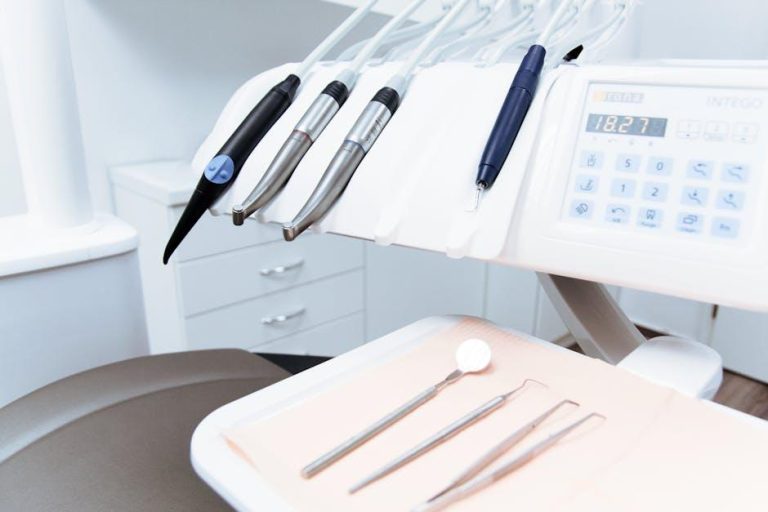
Pets Need Dental Care, Too—But Not Just During National Pet Dental Health Month
When it comes to caring for our furry friends, most pet owners understand the importance of vaccinations, nutrition, and exercise. However, dental care often gets overlooked — and yet it is a crucial part of maintaining your pet’s overall health. While National Pet Dental Health Month in February raises awareness, your pet’s dental hygiene requires attention all year round. The American Animal Hospital Association (AAHA®) emphasizes that consistent dental care helps prevent painful oral diseases and improves your pet’s quality of life.
Why Year-Round Dental Care Is Vital for Your Pet
Oral health problems are unfortunately common in cats and dogs. According to AAHA, by the age of three, over 80% of pets show signs of periodontal disease. This chronic dental disease isn’t just a minor inconvenience; it can lead to serious complications such as tooth loss, infections, and even organ damage.
Here’s why your pet needs dental care every day, not just in February:
- Prevents periodontal disease: Bacteria-laden plaque builds up on teeth causing inflammation of gums (gingivitis) and eventually damages tooth-support tissues (periodontitis).
- Reduces risk of systemic diseases: Bacteria from oral infections can enter the bloodstream affecting kidneys, liver, and heart.
- Improves nutrition and comfort: Healthy teeth and gums ensure pets can chew properly without pain or difficulty.
- Enhances breath freshness: Reducing plaque and tartar helps eliminate bad breath — a common pet-owner complaint.
Recognizing Early Signs of Dental Problems
Pet owners should watch for early warning signs to seek prompt veterinary dental care. Some symptoms include:
- Bad breath (halitosis)
- Red, swollen, or bleeding gums
- Difficulty eating or chewing
- Excessive drooling
- Loose or missing teeth
- Behavioral changes such as irritability or pawing at the mouth
Essential Tips for Year-Round Pet Dental Care
Incorporating a daily dental care routine at home plus regular professional checkups is critical. Here are AAHA-approved best practices:
1. Brush Your Pet’s Teeth Regularly
Use a pet-specific toothbrush and toothpaste. Human toothpaste can be toxic to pets. Aim for daily brushing or at least several times a week to control plaque.
2. Provide Dental-Friendly Diet and Treats
Special dental diets and treats help reduce tartar buildup. Look for products approved by the Veterinary Oral Health Council (VOHC).
3. Schedule Professional Dental Cleanings
Annual or biannual veterinary dental exams are essential. Cleanings under anesthesia allow thorough plaque and tartar removal that brushing can’t reach.
4. Use Dental Rinses and Water Additives
These products help decrease oral bacteria and freshen breath. Choose formulations designed for pets and use as directed.
5. Monitor Your Pet’s Oral Health
Regularly check their mouth for abnormalities and consult a vet if you notice any issues.
| Dental Care Activity | Frequency Recommendation | Benefits |
|---|---|---|
| Tooth brushing | Daily or several times weekly | Controls plaque accumulation |
| Veterinary dental exam & cleaning | At least once a year | Removes tartar, assesses oral health |
| Dental treats & diets | Daily or as directed | Supports tartar reduction |
| Oral rinses/water additives | Daily or regular use | Reduces bacteria, freshens breath |
Real-Life Impact: A Case Study in Preventative Pet Dental Care
Zoe, a 6-year-old Golden Retriever, was brought to a veterinary clinic for bad breath and difficulty eating. A dental exam revealed advanced periodontal disease, requiring extensive cleaning and multiple extractions. After her recovery, Zoe’s owner adopted a strict dental hygiene routine, including daily brushing and dental chews. Annual checkups showed significant improvement, and Zoe’s discomfort disappeared.
This case highlights how continuous dental care before issues become severe can save pets from pain, costly treatments, and lengthy recoveries.
Common Myths About Pet Dental Care Debunked
- Myth: “Pets don’t need dental care because they chew bones.”
Fact: Chewing bones or toys may lessen plaque but won’t replace the need for brushing and professional cleanings.
- Myth: “Pet dental problems show obvious symptoms.”
Fact: Many pets hide dental pain well; regular vet checkups are needed to detect issues early.
- Myth: “Dental care is only important in older pets.”
Fact: Even puppies and kittens benefit from early dental routines to prevent disease later.
Conclusion: Prioritize Your Pet’s Oral Hygiene Every Day
National Pet Dental Health Month is an excellent reminder to focus on oral care, but your pet’s pearly whites and gums need attention 365 days a year. Along with balanced nutrition, exercise, and veterinary care, dental hygiene is critical for their long-term health and happiness.
By establishing effective at-home dental care routines and partnering with your veterinarian, you’ll help protect your pet from painful dental disease, improve their quality of life, and keep their tail wagging — and their breath fresh — every day of the year.
Want to learn more about pet dental health? Visit the AAHA Dental Care Facts page for expert guidance and tips.


